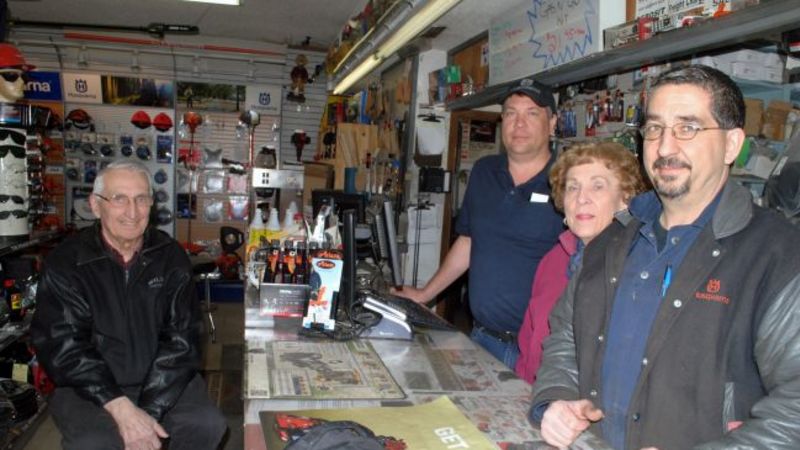
Sask firefighters, NDP concerned about burn building legislation
Some firefighters and the NDP are sounding the alarms about a recent bill to create a pilot project that uses the burning of derelict buildings as a training opportunity for firefighters.
The bill passed third reading Tuesday and is just waiting on royal assent, but there are concerns about a lack of consultation by the government on Bill 21 – an amendment to the Construction Codes Act.
Saskatchewan NDP Municipal Affairs Shadow Minister Jared Clarke said he spoke with several municipalities and firefighter organizations that are worried about the risks that come with burning down old buildings.
“The Saskatchewan NDP agree that municipalities need support to safely dispose of derelict buildings, but if we want to address it, it needs to be done responsibly, ensuring that firefighters and our communities are safe,” Clarke said in a press release.


